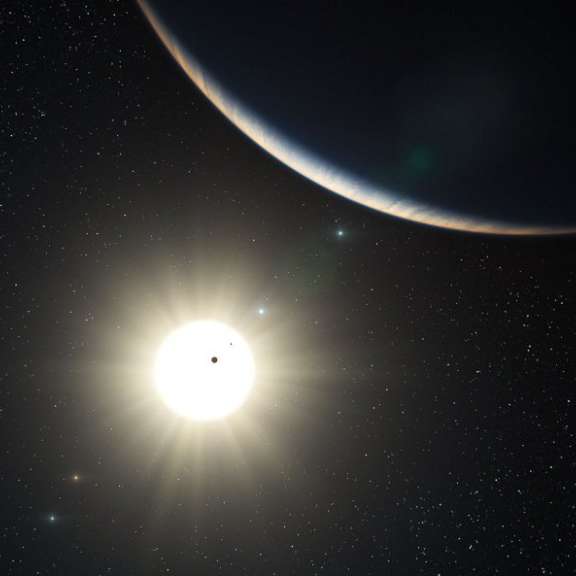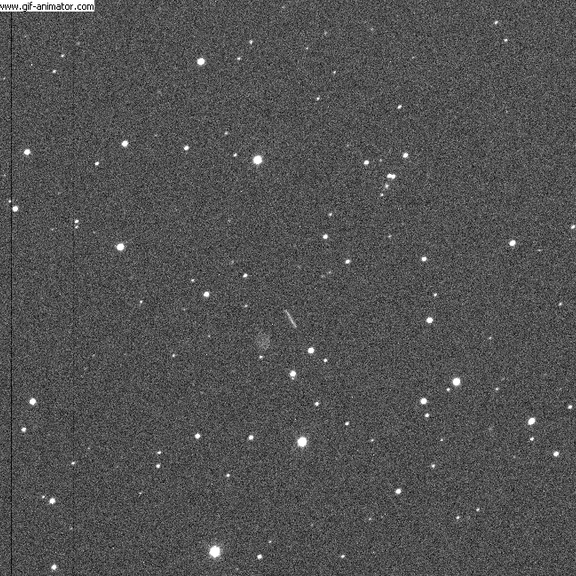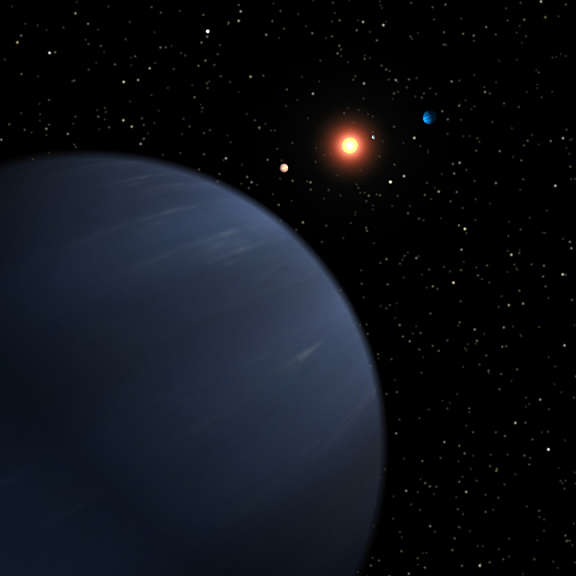All
All
Stories, updates, insights, and original analysis from The Planetary Society.
The Birth of the Modern Universe
Amir Alexander reviews Alan Hirshfeld's newest book,
Stardust@home Finds Some Stardust
What’s new at Stardust@home, the groundbreaking program that asked volunteers to help find interstellar dust particles collected by the spacecraft Stardust.
On writing Infinitesimal
Amir Alexander's new book about an epic battle over a mathematical concept that shook the old order and shaped the world as we know it.
One Man's Quest for SETI's Most Promising Signal
A review of Robert H. Gray's
FINDS: One Step Closer to Faraway Earths
Amir Alexander explains more about the FINDS Exo-Earths project and how it will help planet hunters detect distant Earths in the depths of space.
From the Ground and from Space, New Planetary Systems Unveiled
Two nearly simultaneous announcements by scientists that they have detected entire planetary system deep in space have set the astronomical community abuzz.
Planetary Society Researcher Max Rocca Discovers Largest Impact Crater in South America
It was January of 2004 when the elegant curve of the Vichada first caught the attention of geologist Max Rocca of Buenos Aires. Could the course of the river have been shaped by the circular outlines of an impact crater? Rocca decided to find out.
Astropulse: A Fresh Look at the Skies in Search of E.T.
If you were a member of an alien civilization trying to communicate across the immeasurable distances of space, how would you go about it?
LRO Sends First Images
LRO Sends First Images
LRO Launched to the Moon
LRO Launched to the Moon
Kaguya impact information available to observers
Kaguya impact information available to observers
Early Data from Ibuki
Early Data from Ibuki
SERENDIP Takes a Great Leap Forward
Just when SETI@home is celebrating its 10th anniversary, its older brother, Project SERENDIP, is getting a general makeover.
Kaguya Set to Strike the Moon
Kaguya Set to Strike the Moon
Quake Catcher Network: SETI@home Spinoff Tracks Earth-Shakers
One of the youngest off-springs of SETI@home has been getting a great deal of attention recently. Known as the Quake-Catcher Network (QCN), this distributed computing project makes use of thousands of volunteers' computers to locate and track earthquakes.
From SETI@home to Hominid Fossils: Citizen Cyberscience Reshapes Research Landscape
In the beginning was SETI@home, the first large-scale volunteer computing project, launched in 1999 with seed money from The Planetary Society. Within months the project had millions of volunteers around the world joining to form the most powerful computer network ever assembled.
Planetary System Detected Around SETI@home Target Star
A fully formed planetary system, with five different planets of varying sizes and orbits has been found, orbiting a star more than 40 light years away. Significantly, it is the very same star, 55 Cancri, that was one of the chief targets of the SETI@home reobservations at Arecibo in March 2003.


 Explore Worlds
Explore Worlds Find Life
Find Life Defend Earth
Defend Earth


 Sun
Sun Mercury
Mercury Venus
Venus Earth
Earth Mars
Mars Jupiter
Jupiter Saturn
Saturn Uranus
Uranus Neptune
Neptune Small Bodies
Small Bodies







